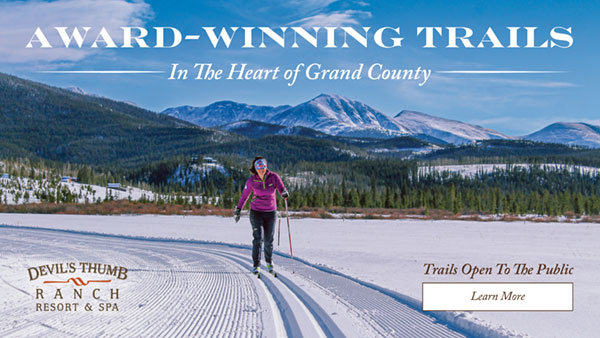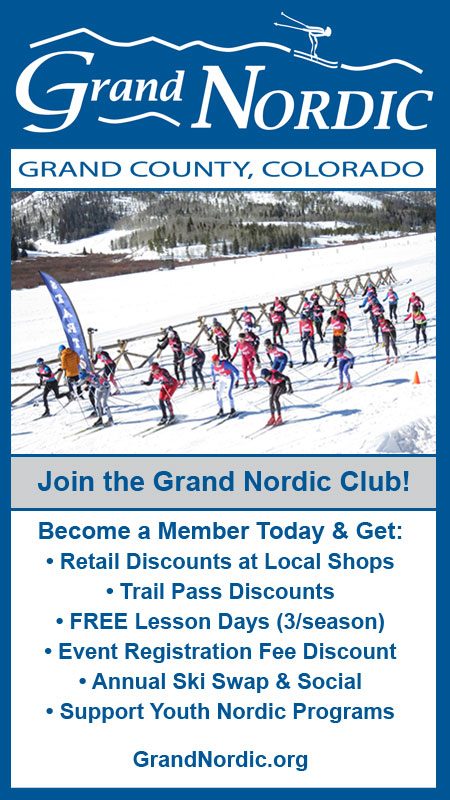2020 may not have been the greatest of years in so many ways, but at least from one nordic skier’s perspective, it wasn’t all bad. The year started fairly well enough, with decent winter snow making for a fine winter. Just as things were beginning to transition to some fantastic spring skiing and one of the best crust seasons in recent memory, many operating enterprises were for the most part shut down. People flocked to trailheads and mountain pass parking lots, seeking to get out and get the rejuvenating experience of sliding on snow in the Colorado Mountains. Fueled by the knowledge that the Corona virus does not survive well when exposed to UV light, in addition to the urge to get some freedom of the hills as a respite from staying at home for safety sake, the outdoor trend that is booming across the outdoor retail industry carried on into the summer, fall and now the winter. Demand for cross-country ski equipment has soared, as people continue to seek alternatives to confinement and look for surrogates to the Alpine experience, with the certainty of easy access to lift-serviced skiing in question.
With a sudden influx of neophytes to the local Colorado backcountry there is legitimate concern for the safety of the new users as well as the old, vying for the opportunity for some Colorado powder. Four statewide fatalities, one in our own house, before the first of the new year is a bad omen for the remainder of the winter season. The record high temperatures and drought of the summer of 2020 was followed by a warm dry fall, extending our fire season for as long as the prospect of winter would allow. The extra warmth of the earth that results from such a weather phenomenon leads to a season of poor snow stability. ’tis better to have a spell of cold before Old Man Winter lays his white blanket over the landscape. Without that period of cooling, the summer and autumnal heat, stored in the rocks of the mountains, becomes trapped by the insulation of a sudden snowpack. Slowly that temperature gradient of warmth below and cold above transforms the lowest layers of the snowpack into a sugary stratum of ball-bearing-like large ice crystals. Add heavier snow, either warm or wind-driven, and you’ve got a dangerous upside-down cake poised to succumb to gravity’s whim. Awareness of this scenario, and a knowledge of what types of slopes and evidence of past slides to look for and recognize are among the first prerequisites to entering the Colorado backcountry with any semblance of safety, and with the respect that it deserves. To be able to apply restraint when hearing the siren’s call of a powdery-appearing slope is an individual reckoning that must be faced realistically to live to ski another day. The tragedy of a solo skier disappearing into First creek’s chimney chute while his family was watching is a heart-breaking tale. Let us hope that Avalanche classes become as busy as the local Backcountry has become. The development of moguls on the west face of Berthoud pass before Mary Jane was even open is a clear indication that visitation is up. Please, if you are enticed to recreate in the local mountain environment, take an avalanche class, go with someone who is well-experienced and qualified, arm yourself with the type of knowledge that will turn your tales into success stories.




